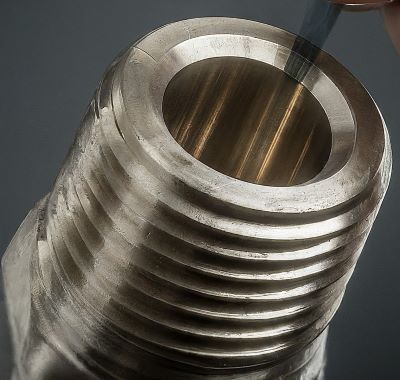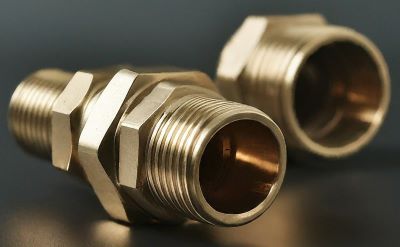When it comes to plumbing and fluid transfer applications, ensuring a secure and leak-free connection is crucial. Pipe threads play a vital role in achieving this, and two common standards dominate the scene: NPT and BSP.
However, what are these precisely, and how are they different?
What are NPT and BSP Threads?
➡️ National Pipe Thread (NPT): This thread standard originates from the United States and Canada. It’s widely used for pipes and fittings that carry liquids and gases in various applications, including plumbing, HVAC systems, and industrial machinery.
➡️ British Standard Pipe (BSP): As the name suggests, BSP threads originated in Britain and are predominantly used in countries outside North America. They also find application in various piping systems for liquids and gases.
Key Differences Between NPT and BSP Threads
While both NPT and BSP threads serve the same purpose, they have some key distinctions:
➡️ Thread Angle: The angle of the threads is a key differentiator. NPT threads have a sharper angle of 60 degrees, while BSP threads have a slightly more relaxed angle of 55 degrees.
➡️ Thread Form: Take a closer look at the peaks and valleys of the threads. NPT utilizes a flattened profile (Sellers thread form), whereas BSP threads have a more rounded form (Whitworth thread form).
➡️ Thread Pitch: The number of threads per inch (thread pitch) can be similar for some NPT and BSP sizes, but not all. It’s important to ensure an exact match for a proper fit.
➡️Sealing Mechanism: Both NPT and BSP rely on a tapered thread design to create a tight seal when screwed together. As the threads engage, the taper creates a wedging effect, ensuring a leak-proof connection.
Interchangeability of NPT and BSP Threads
Here’s a crucial point to remember: NPT and BSP threads are NOT interchangeable. Despite some similarities in size, the differences in angle, form, and pitch can lead to problems if you try to mix and match. Forcing the wrong thread type can result in leaks, damage to the threads, and compromised joint integrity.
Identifying NPT vs. BSP Threads (for visual learners)
Unfortunately, visually identifying NPT and BSP threads can be tricky due to their similar size. The subtle differences in angle and form are not easily discernible to the naked eye. To ensure you’re using the correct thread type, it’s recommended to use a thread pitch gauge. This handy tool allows you to accurately measure the threads per inch and compare them to NPT and BSP specifications.
Conclusion
NPT and BSP threads are both widely used standards for pipe connections, but their key differences are essential to understand. Using the wrong thread type can lead to leaks and potential damage.
By recognizing the distinctions between NPT and BSP, and employing a thread pitch gauge for accurate identification, you can ensure safe and reliable connections in your plumbing and fluid transfer projects.
Post time: Jun-25-2024



